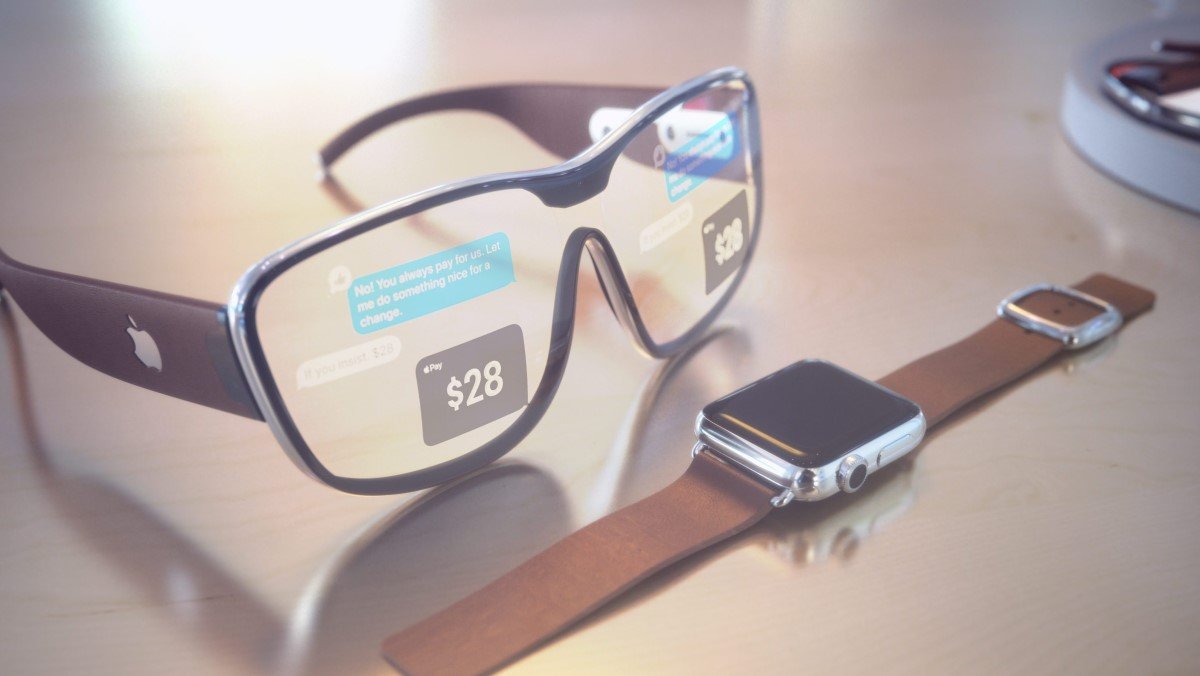Apple is working on a virtual reality headset, which will compete against the likes of Oculus, Valve Index, and PlayStation VR, when it launches in 2022. The company is also working on its AR glasses, which are expected to launch later in 2023.
In a report by Bloomberg, it has been revealed that Apple has run into “development hurdles” during the development of its first virtual reality headset, a device category that already has mature products like Quest 2, HP Reverb G2, and HTC Vive.

Apple is seemingly working on its own Oculus Quest 2 VR headset, AR glasses will ship later
Even though Tim Cook had previously maintained that augmented reality is the future, instead of virtual reality where a user is disconnected from the world and surrounded completely by a 3D environment, it seems that Apple is now focused on both VR headset and AR glasses.
As per Bloomberg, Apple does not expect its first VR headset to sell well and will be far more expensive than its competitors. The company expects to sell just one unit per day at its 500 retail stores, which would be around 180,000 units per year, however, it is certain that online sales will likely exceed this number.
Currently, Apple is testing a prototype codenamed N301, which has a chip that is faster than the M1 chip in new Macs, has external cameras for tracking, and a virtual keyboard too that can detect hands for typing. It is also actively cooled with a fan. Virtual reality graphics require a lot more processing horsepower than graphics on a normal display, which could be the reason that Apple has been testing it with a fan, which is something it usually avoids in products where possible. The report says that the processor and fan added to the weight of the headset, which could cause neck strain. The company intends to use a fabric exterior to reduce its weight.
Apple has also given up on using an external hub to power the headset, which was rejected by Jony Ive, in favor of making it a standalone device, like Quest 2.
Similar to Oculus Quest 2, Apple is also looking into custom prescription lenses, as users with glasses will not be able to use the VR headset. These prescription lenses would be placed over the actual lens in the headset, allowing users with weak eyesight to experience the product. Apple expects to sell prescription lenses online and at its retail stores, however, it is unclear how it will customize them for each user.
Apple internally calls the operating system for its VR headset “rOS”, and will ship it with an App Store for content and experiences for virtual reality. Apple had recently acquired NextVR because of the content it offers for VR.
VR headsets are most popularly known for gaming, and Apple will have to do well on that front to sell more units. Bloomberg has repeatedly called virtual reality “nascent” technology, however, that is not the case as companies like Oculus and Valve have done a lot to push the technology forward. Apple is also looking to price them above $1,000, as per the report, which would be a difficult sell, compared to current competitors in the market.
Apple’s AR glasses, codenamed N421, are also in early development stages, and the company is currently working on technologies that would power them. They are expected to launch in 2023, however, the date could slip further. The company has to work on a see-through glass display to overlay a user interface, and notifications, include strong networking, and efficient battery while maintaining its light weight and aesthetics that would not discourage users from wearing its AR glasses. The initial version is expected to be like the first Apple Watch – a first-generation product that is open for developers and creators to create for, and see where it goes next.
Read more:
- Apple’s augmented reality glasses will follow the release of AR headsets by 2020
- Apple Glass could turn any surface into virtual display with touch controls, suggests new patent
- Apple Glasses could be controlled using eye gestures, suggests new patent application
- Apple Glass could automatically unlock other Apple products
3 comments